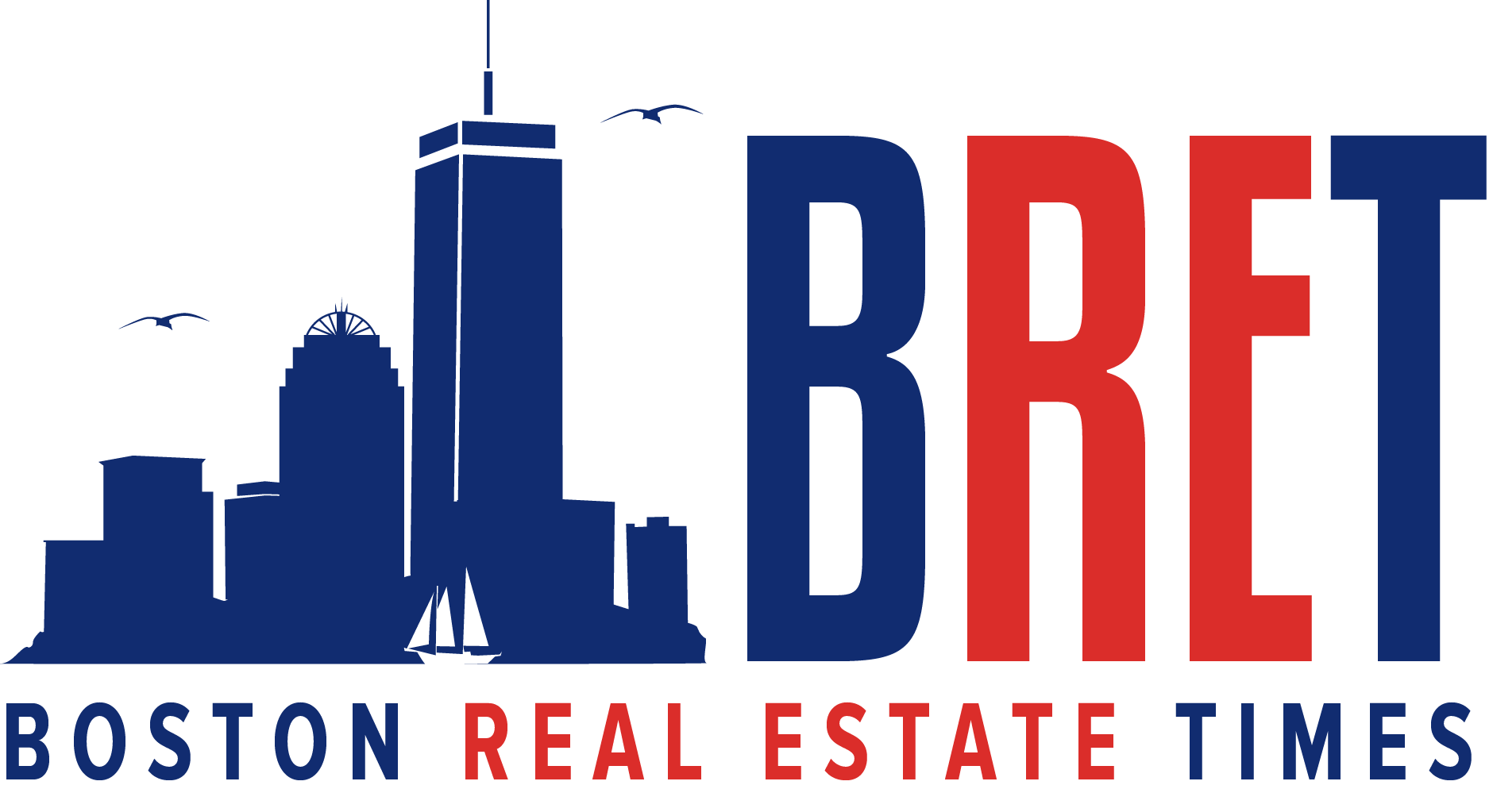PHOENIX, AZ—International property and construction consultancy firm, Rider Levett Bucknall (RLB), has released its latest Quarterly Cost Report (QCR) for North America. With data current to July 1, 2018 and featuring the construction cost information of 14 markets, it provides a statistical view of the state of the construction industry.
Upon publication of the report, Julian Anderson, FRICS FAACE, President of RLB North America, said, “After an initial period of uncertainty, the construction industry is adapting to the new landscape created by materials tariffs and realigned trade partnerships. This response, coupled with an active pace of construction, makes us optimistic about the industry through the end of the year.”
The long view
RLB has tracked construction costs in major American markets since 2001. A look at the data going back to 2012 reveals the cumulative cost increase in these cities ranges from a low of 22.4% in Las Vegas to a high of 50.6% in San Francisco, with most locations falling into the 30% range. Putting this into perspective, over the same period of time, the Consumer Price Index increased by a relatively small 11.4%.
The disparity has a number of causes, including a continued scarcity of labor, upward wage pressure, increasing interest rates, tightening supply of steel, and more recently, some contractors and suppliers using the uncertainty around tariffs as a cover for raising their prices.
Market highlights
- RLB reports that from April 1 to July 1, 2018, U.S. national average increase in construction costs was approximately 1.5%
- Chicago (6.79%), Portland (6.51%), Phoenix (6.44%), and San Francisco (6.08%) are the markets that showed the greatest annual cost escalations
- Boston (3.81%), Denver (4.46%), Las Vegas (5.03%), Los Angeles (4.62%), New York (3.77%), Seattle (5.23%), and Washington D.C. (3.90%) experienced annual cost increases ranging from 3.81% to 5.23%
- In Canada, construction costs significantly increased over the most recent quarter. Construction costs in Calgary increased 4.16% and Toronto’s increase was 5.31%
Key fiscal barometers
- Indicating economic progress, the U.S. Gross Domestic Product is the highest it has been since Q2 2014
- At 51.3, the Architectural Billings Index indicates a slight decline in growth for architectural firms; the April ABI was 52.0
- Following the cyclical trend of high unemployment rates during the winter season, construction unemployment stands at 4.7%, consistent with this time in 2017



















